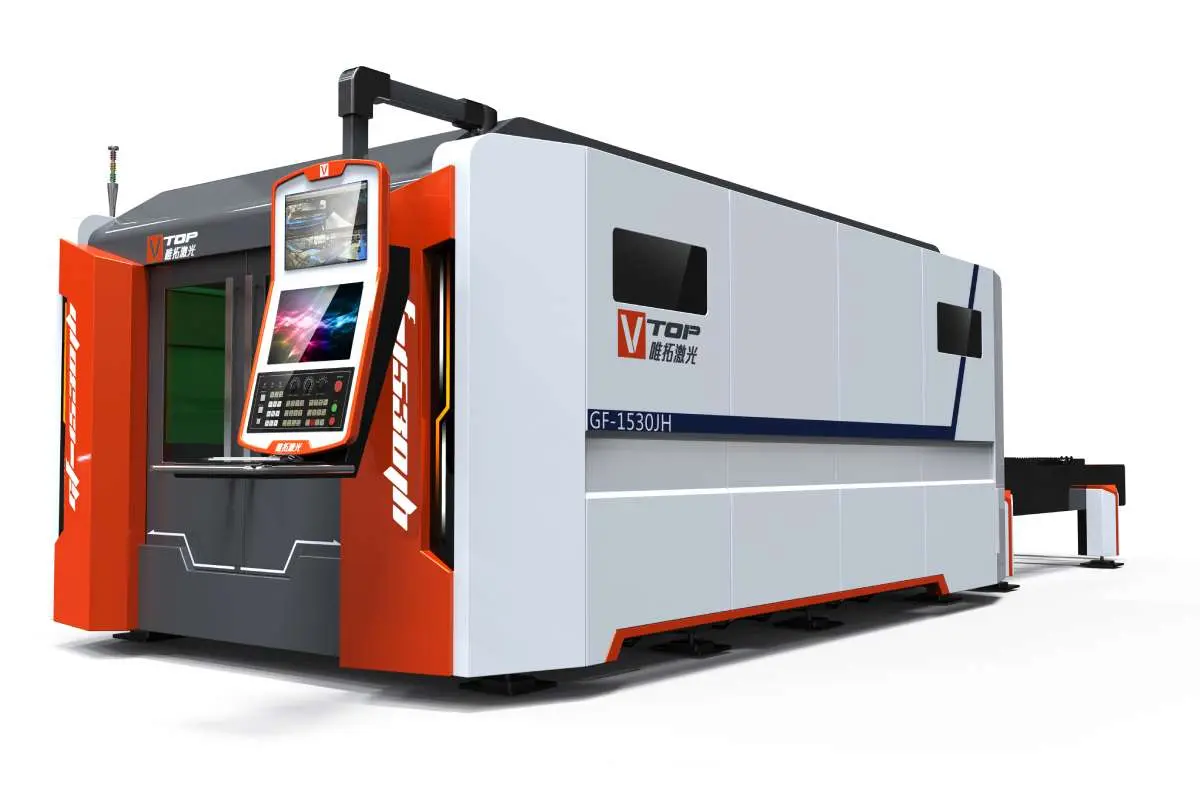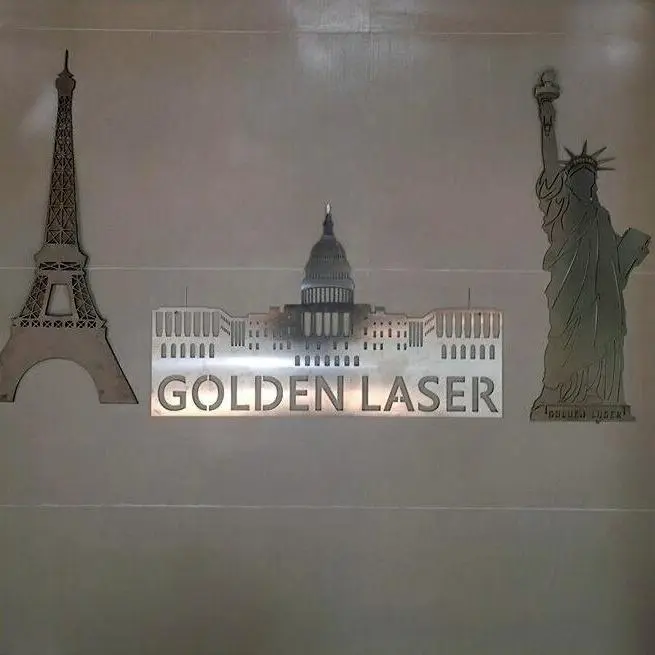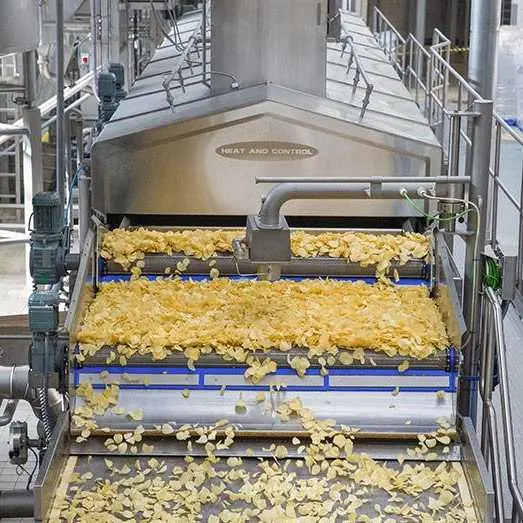Metal cutting has been a crucial process in various industries, from automotive to aerospace, for decades. Traditional methods of metal cutting involve using saws, shears, or plasma cutters, which can be time-consuming, inefficient, and produce rough edges that require additional finishing. However, with the advancement of technology, a new method has emerged that is revolutionizing industrial cutting processes – cover fiber laser metal cutting.

Revolutionizing Industrial Cutting Processes with Cover Fiber Laser Metal Cutting
Cover fiber laser metal cutting utilizes a high-powered laser beam to melt and cut through metal materials with precision and speed. The key component of this cutting process is the fiber laser, which generates a focused beam of light that is capable of cutting through a wide range of metal thicknesses. The “cover” in cover fiber laser metal cutting refers to the protective covering that surrounds the laser beam to prevent any stray light from escaping and causing harm to operators.
One of the main advantages of cover fiber laser metal cutting is its high level of precision. The laser beam can be precisely controlled to cut intricate shapes and patterns with minimal errors. This level of precision is particularly beneficial for industries that require intricate metal parts, such as the aerospace and medical device industries.

Revolutionizing Industrial Cutting Processes with Cover Fiber Laser Metal Cutting
In addition to its precision, cover fiber laser metal cutting is also known for its speed. The laser beam can cut through metal materials at a much faster rate than traditional cutting methods, reducing overall production time and increasing efficiency. This speed is especially advantageous for industries that have high-volume cutting needs, such as the automotive industry.

Revolutionizing Industrial Cutting Processes with Cover Fiber Laser Metal Cutting
Another key benefit of cover fiber laser metal cutting is its versatility. The fiber laser can cut through a wide range of metal materials, including stainless steel, aluminum, copper, and titanium, making it suitable for a variety of industries and applications. Additionally, the cover fiber laser can cut through both thin and thick metal materials, providing flexibility and adaptability in production processes.
One of the main concerns with any cutting process is the quality of the cut edge. Rough edges can require additional finishing processes, increasing production time and costs. However, cover fiber laser metal cutting produces clean and smooth edges that require minimal finishing, saving time and resources in the production process.
Overall, cover fiber laser metal cutting is revolutionizing industrial cutting processes by providing a high level of precision, speed, versatility, and quality. As technology continues to advance, this cutting method is expected to become even more efficient and cost-effective, further benefiting industries that rely on metal cutting for their production processes. With its many advantages, cover fiber laser metal cutting is undoubtedly the future of industrial cutting processes. Fiber Laser Cutting Machine Supply
